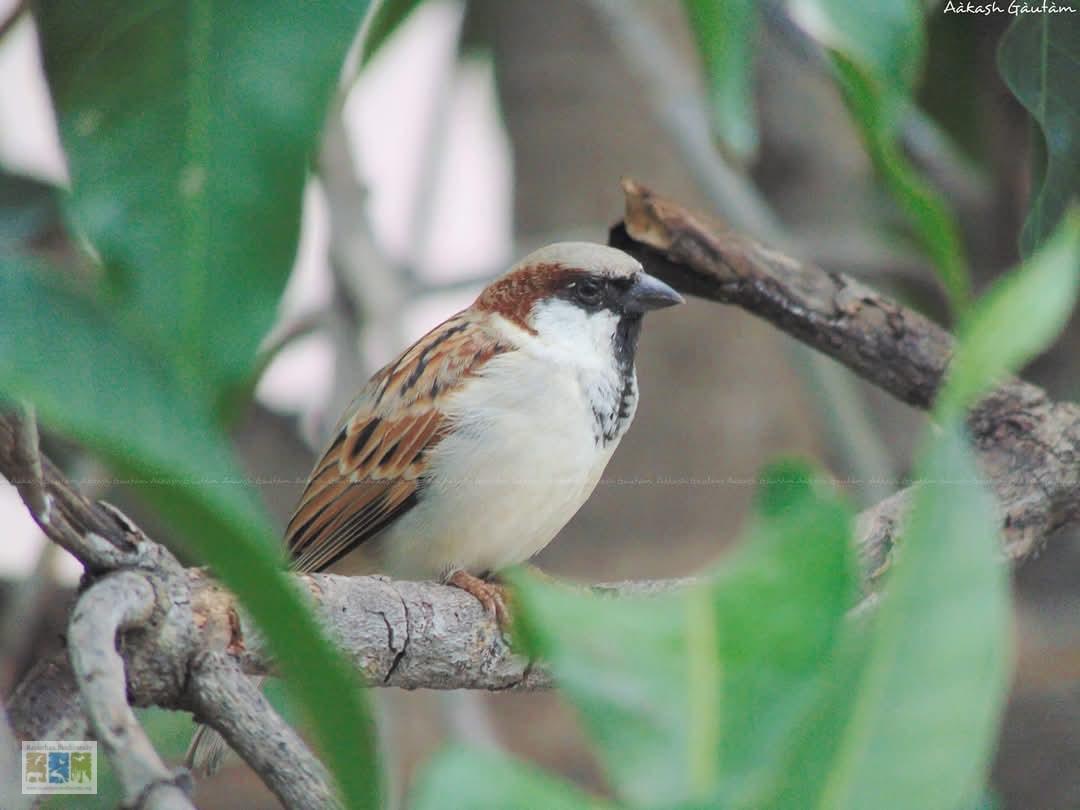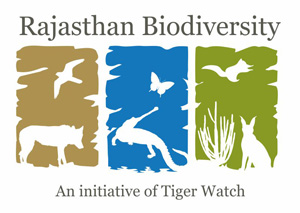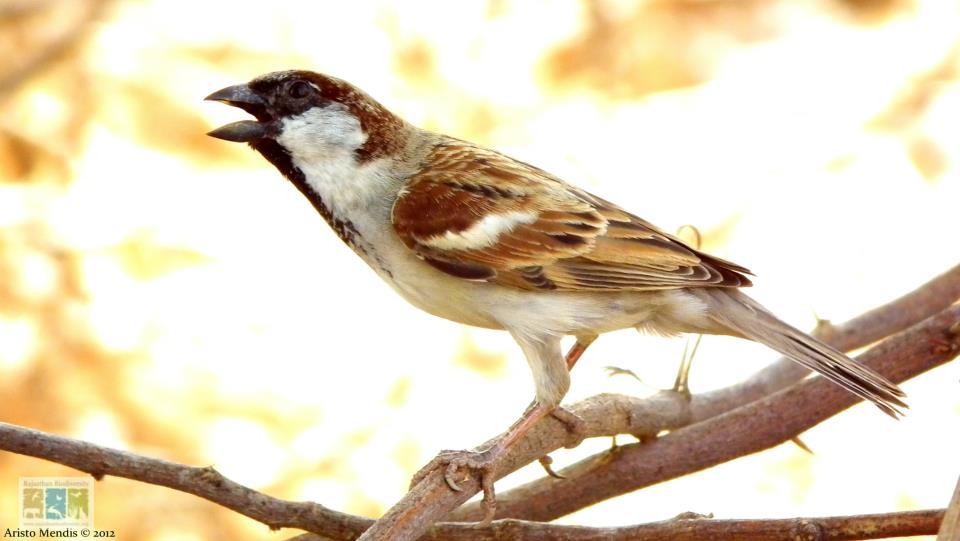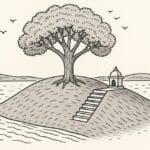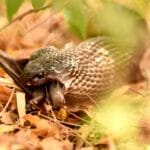For a child one of the first things that catch his attention is the flying and fluttering of birds and most often it is the house sparrow, it will encounter which will be a part of its childhood amusement. May be it is not today’s reality but it was true until recent past.
May be we are not as adaptive today that we can accommodate the chirpy little birds which at times brings in some dry grass or foliage to build its nest inside our houses, but for their safety concerns like fan and appliance running in our houses, we may also restrict their movement in our houses.
The house sparrow is a native to most of Europe, Mediterranean region and entire Asia. House sparrow is classified into 12 different subspecies depending upon the evolution. These are among the first animals to be getting a scientific name in the modern system of biological classification mainly because it was the common species found around man. Its scientific name is Passer domesticus. The Passer genus has 25 different species and domesticus is one of the 25 species. In India, two subspecies of sparrows are found – one is parkini found only in Kashmir and indicus found throughout India.
The house sparrow is a very social bird, it does a lot of activates socially such as dust and water bathing, social singing, foraging etc. they are monogamous birds and their mate is the same throughout life, although they stay as a pair yet the male copulates with other female sparrows from time to time. The female lays a clutch of 4-5 eggs at one time and the eggs get hatched in 14-15 days, the young sparrow stays in the nest for 11-23 days and in this time both the parents feed the young ones.
But the little bird has many predators such as the cat, sparrow hawks but its only in the past few years that a drastic decline has been seen in the sparrow population. Some people attribute it to the electromagnetic pollution emitted through modern day appliances such as mobile phones. Some do not blame this as the prime reason but the use of pesticide for crops which has upset the insect population which are needed as food base for the chicks and the pesticide induced crops are a cause of secondary poisoning in the bird population.
Now that the food is filled with toxins and there is no safe nesting space for the little bird so what is its future? In India, there is an interesting initiative by Maharashtra based Nature forever society where they started an amazing campaign for the neglected common species where 20th march is celebrated as World Sparrow Day to raise awareness among common man. Bird feeders and nest boxes are developed after research, now we may have to work a bit for these creatures by keeping these bird feeders, having nest boxes for them. Allotting spaces by keeping nest boxes in an area, that is beyond reach of the house cat and other predators and has offerings of millet, wheat and water around its nesting site. The opening of the nest box should not be too wide so that no predators can enter inside it.
If you remember the good old days of watching Doordarshan where the song played ‘ek chidiya…anek chidiya’ may be those days will come back soon if you do these small efforts those days might come back. Let’s work on so that this fading chirping of the gullible sparrow is saved from getting lost due to our carelessness.
